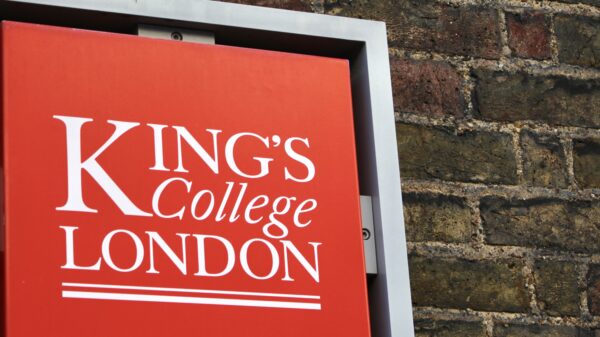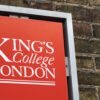King’s College is leading the way in research into the effects of air pollution.
Meanwhile, Strand, which sees thousands of King’s students on their way to campus daily, has become the first place in London to breach objectives for nitrogen dioxide (NO2) levels in 2019.
According to numerous research studies, exposure to polluted air can contribute to both ill health and premature death. This can include both short- and long-term (chronic) effects on health. Exposure to nitrogen dioxide specifically can cause inflammation of the lining of the lungs, reduced immunity to lung infections and ultimately increased risk of asthma and lung cancer.
Sufferers of lung diseases, such as asthma, are at the most risk of experiencing harmful side-effects.
In spite of this, Dr Garry Fuller from King’s was optimistic. He stated that the Strand’s air pollution breach reflected ‘the dramatic improvements in nitrogen dioxide at many of London’s air pollution hotspots,’ citing primarily ‘the Mayor’s programme of investment in new lower pollution buses’. Dr. Fuller also commended pollution levels on Putney High Street and Oxford Street, where ‘concentrations have halved.’
Student homes
Though Strand was the first London road to exceed objectives for nitrous oxide this year, air pollution is a city-wide issue.
Earlier this year Mayor Sadiq Khan launched a £6m funding plan to tackle the issue, which included the introduction of Low Emission Neighbourhoods (LENs) in Hackney, Dagenham, Southwark and Camden. 2019 has also seen the introduction of London’s new Ultra Low Emission Zone (ULEZ).
Despite efforts to reduce air pollution, many of King’s students continue to live in areas that breach recommended air pollution levels. Harper Road, a residential street in Elephant and Castle, exceeds World Health Organisation limits for nitrous oxide and particulate matter, though passes EU standards for the latter. The same applies to residential areas near to Camden Road.
In terms of King’s campuses, Strand far exceeds Guy’s and Waterloo in terms of nitrous dioxide and carbon particulate levels, exceeding WHO limits for all kinds of pollution and EU limits for NO2 and one type of particulate.
Guy’s and Waterloo are approximately equal, though students are still exposed to high levels of nitrous dioxide and particulate levels in excess of WHO guidelines.
Student commutes
Exact measurements for how much air pollution commuters are exposed to, including when passing through public transport hubs, are difficult to access. The Cleaner Air Better Business (CABB) project, which was part-funded by the Mayor of London, has created an interactive map that identifies walking routes across London with the cleanest air.
The tool includes ‘clean air walking routes’ between Embankment Station and Covent Garden, which avoid the heavily polluted Strand.
King’s College’s ‘Pollution in my area’ tool shows high levels of pollution on Waterloo Bridge and Victoria Embankment.
However, little is known about the different impacts of air pollution on the London Underground, which many King’s students use every day. BBC journalist Tom Edwards found that levels of particulates spiked in Underground stations and at transport hubs like King’s Cross.
TfL found that the Central and Northern Lines were London’s most polluted, which are likely used by many King’s students daily on commutes from South London and residences in Stratford.
Reducing exposure
Many researchers into the effects of air pollution stress that Londoners ought not to panic, however. There are several possible measures to minimise exposure to air pollution.
King’s scientists suggest walking along back roads rather than main thoroughfares and exercising outside of high-pollution (rush hour) periods. Cyclists in particular are exposed to high levels of pollution as they often have to cycle on main roads during busy periods; an alternative method of commute may help those with high sensitivity to poor air quality.
The CABB Clean Air Route Finder also provides information about the least polluted route to campus.











